Feeding your body certain foods can help to keep your immune system running strong. Plan your meals to include the following 10 powerful immune system boosters (we've included lots of recipes that make it easy) and you'll increase your family's chances of fending off those winter bugs before they get anyone sick.
Citrus
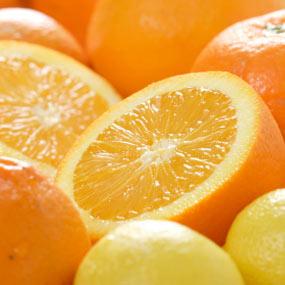
Most people turn to vitamin C after they've caught a cold. But did you know it tops the charts of foods that keep your immune system running at 100%? Vitamin C helps increase the production of white blood cells, key to fighting infections. Because your body doesn't produce or store it, daily intake of vitamin C is essential for continued health. Almost all citrus fruits are high in vitamin C and with such a variety to choose from it's easy to add a squeeze of C to any meal.
These can help protect you from flu, especially no that we're in the season. More when after the cut...
Red Bell Peppers
Vitamin C not only
boosts immune systems but it helps maintain healthy skin, which is the
frontline in our war on colds. Think citrus fruits have the most vitamin
C of any fruit or vegetable? Think again. Ounce for ounce, red bell
peppers have twice as much flu-fighting vitamin C, as well as being a
rich source of beta carotenes.
Broccoli
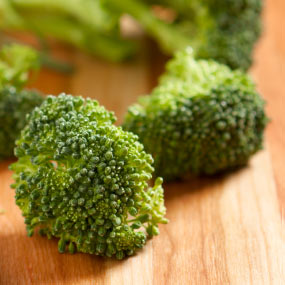
Broccoli is super-charged with an arsenal of vitamins and minerals ready to do battle with any germ or infection. Packed with vitamins A, C, and E, as well as numerous antioxidants, broccoli is one of the healthiest vegetables you can put on your table. The key to keeping its power intact is to cook it as little as possible, or better yet, not at all.
Garlic
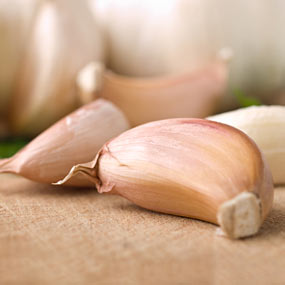
Found in almost every cuisine around the world, garlic not only adds a little zing to foods, it's a must-have for your health. Early civilizations recognized its value for fighting infections and modern science has shown that garlic helps to lower cholesterol and prevent hardening of arteries. Its immune-boosting properties seem to come from a heavy concentration of sulphur-containing compounds, such as allicin.
Ginger
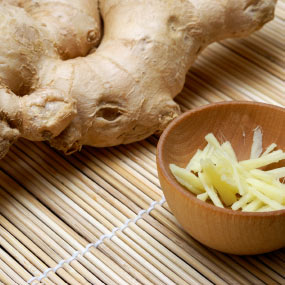
Ginger is another ingredient many turn to after they've caught a cold. But like vitamin C, ginger can also help you prevent that cold from taking hold in the first place. While it's used in many sweet desserts, ginger packs some heat in the form of gingerol, a relative of capsaicin, which gives chili peppers their distinctive heat. Ginger may help decrease chronic pain and may possess cholesterol-lowering properties.
Spinach
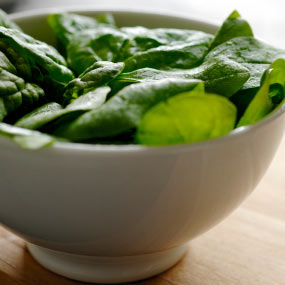
Spinach made our list not just because it's rich in vitamin C but because it's packed with numerous antioxidants and beta-carotene, which have been proven to increase the infection-fighting cells of our immune systems. Similar to broccoli, it is best cooked as little as possible so that its nutrients are retained.
Yogurt
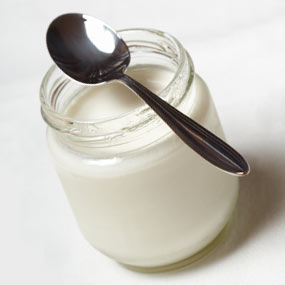
When selecting yogurt look for ones that have "live and active cultures" printed on the label. Recent studies suggest these cultures help stimulate your immune system to help fight diseases. Additional studies also suggest a link between low vitamin D levels and an increased risk of catching a cold, so select brands fortified with vitamin D.
Almonds
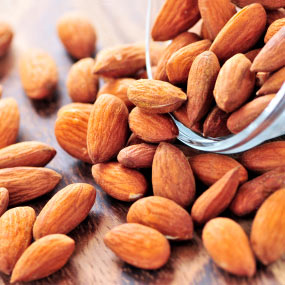
When it comes to preventing and fighting off colds, vitamin E tends to take a backseat to the more commonly mentioned vitamin C, but vitamin E is also key to a healthy immune system. Vitamin E is a fat-soluble vitamin, meaning it requires the presence of fat to be absorbed properly. Nuts (especially almonds) are packed with vitamin E and a half cup serving provides nearly 100% of the daily recommended amount.
Turmeric
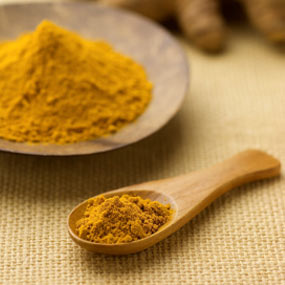
A key ingredient in many curries, this bright-yellow, bitter spice has been used for years as an anti-inflammatory in treating both osteoarthritis and rheumatoid arthritis. High concentrations of curcumin, which gives turmeric its distinct color, have been shown to contain strong flu and cold fighting properties.
Green Tea
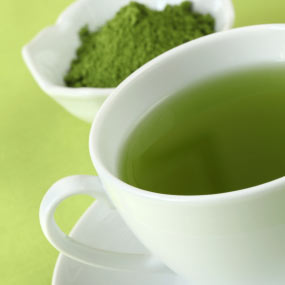
Both green and black teas are packed with flavonoids, a type of antioxidant. Where green tea really shines is in its levels of epigallocatechin gallate, or EGCG, another powerful antioxidant. The fermentation process black tea goes through destroys a lot of the EGCG. Green tea, on the other hand, is steamed and not fermented, preserving that EGCG. If that wasn't enough, it's also a good source of the amino acid L-theanine, which aids in the production of germ-fighting compounds in your T-cells.
by James Schend
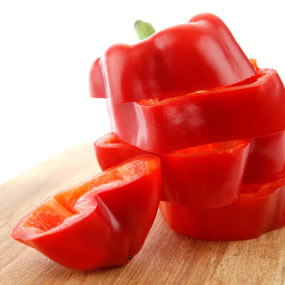
No comments:
Post a Comment